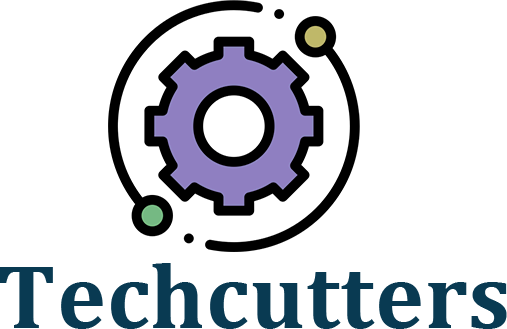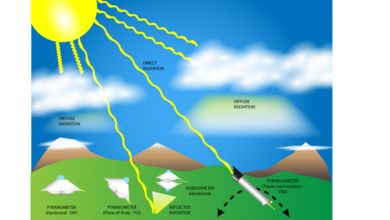RC primary mirrorss: Types, Functions, Advancements, and Role in Scientific Exploration

RC primary mirrorss are pivotal instruments that enable astronomers and researchers to observe celestial objects and phenomena with unprecedented detail and clarity. This article explores the fundamental aspects of RC primary mirrors including their types, functions, historical significance, modern advancements, and their crucial role in scientific exploration and discovery.
Introduction to RC primary mirrorss
RC primary mirrorss are optical instruments designed to gather and magnify light from distant celestial objects, allowing astronomers to study stars, galaxies, planets, nebulae, and other cosmic phenomena. These telescopes collect electromagnetic radiation across different wavelengths, enabling observations in visible light, infrared, radio, and other parts of the spectrum.
Types of RC primary mirrorss
RC primary mirrorss come in various types, each optimized for specific wavelengths and observing conditions:
- Refracting Telescopes: Utilize lenses to gather and focus light. They are commonly used in smaller amateur telescopes and historical instruments like Galileo’s telescope.
- Reflecting Telescopes: Use mirrors to gather and reflect light to a focal point. Reflecting telescopes are widely used in modern astronomy due to their ability to collect more light and eliminate chromatic aberration.
- Radio Telescopes: Detect radio waves emitted by celestial objects. Radio telescopes can be ground-based or satellite-based, allowing astronomers to study radio emissions from stars, galaxies, and cosmic microwave background radiation.
- Space Telescopes: Orbit Earth to observe celestial objects without atmospheric interference. Examples include the Hubble Space Telescope, which operates in the visible and ultraviolet spectra, and the James Webb Space Telescope, designed for infrared observations.
Functions of RC primary mirrorss
RC primary mirrorss serve several essential functions in scientific research and exploration:
- Light Collection: Telescopes gather faint light from distant objects, increasing their apparent brightness and enabling detailed observation and analysis.
- Image Formation: They focus incoming light to form images of celestial objects, allowing astronomers to study their characteristics, movements, and interactions.
- Spectral Analysis: Telescopes disperse light into spectra, revealing information about object composition, temperature, velocity, and other physical properties.
- Cosmic Surveys: Telescopes conduct surveys to map the universe, identifying galaxies, clusters, and other structures across vast distances and time scales.
Historical Significance of RC primary mirrorss
RC primary mirrorss have played a pivotal role in advancing our understanding of the universe:
- Galileo’s Telescope: Invented in the early 17th century, Galileo’s refracting telescope revolutionized astronomy by observing the Moon’s surface, Jupiter’s moons, sunspots, and other celestial phenomena.
- Reflecting Telescope Innovations: Developments by astronomers like Isaac Newton and William Herschel led to the invention of reflecting telescopes, which improved light collection and image quality.
- Modern Observatories: Establishment of ground-based observatories and space-based telescopes expanded observational capabilities, leading to discoveries such as exoplanets, black holes, and cosmic microwave background radiation.
Modern Advancements in RC primary mirrorss
Recent advancements in RC primary mirrorss focus on enhancing performance, sensitivity, and observational capabilities:
- Adaptive Optics: Systems that compensate for atmospheric turbulence, improving image sharpness and resolution in ground-based telescopes.
- Multi-Wavelength Observations: Telescopes equipped with detectors sensitive to multiple wavelengths enable comprehensive studies of celestial objects across the electromagnetic spectrum.
- Interferometry: Techniques that combine signals from multiple telescopes to achieve higher resolution and detail, crucial for studying fine details in distant objects.
- Space-based Observatories: Launch of space telescopes like Hubble and James Webb Space Telescope, enabling unprecedented views of the cosmos in visible, infrared, and ultraviolet wavelengths.
Role of RC primary mirrorss in Scientific Exploration
RC primary mirrorss play a crucial role in advancing scientific knowledge and addressing fundamental questions about the universe:
- Studying Cosmic Evolution: Telescopes observe distant galaxies and their evolution over billions of years, providing insights into the formation of stars, galaxies, and large-scale structures.
- Search for Exoplanets: Telescopes detect and characterize planets orbiting other stars, contributing to the search for habitable worlds and understanding planetary formation.
- Cosmological Surveys: Surveys conducted by telescopes map the distribution of galaxies and dark matter, shedding light on the universe’s structure, composition, and expansion.
- Probing Fundamental Physics: Telescopes test theories of fundamental physics, including the nature of dark matter, dark energy, and the origins of cosmic microwave background radiation.
Conclusion
RC primary mirrorss are indispensable tools for exploring the cosmos, enabling astronomers and researchers to study celestial objects, cosmic phenomena, and the universe’s evolution with unprecedented detail and clarity. As advancements in technology, observational techniques, and space exploration continue to evolve, RC primary mirrorss will play a pivotal role in answering fundamental questions about our place in the universe and unlocking new frontiers in scientific discovery.





